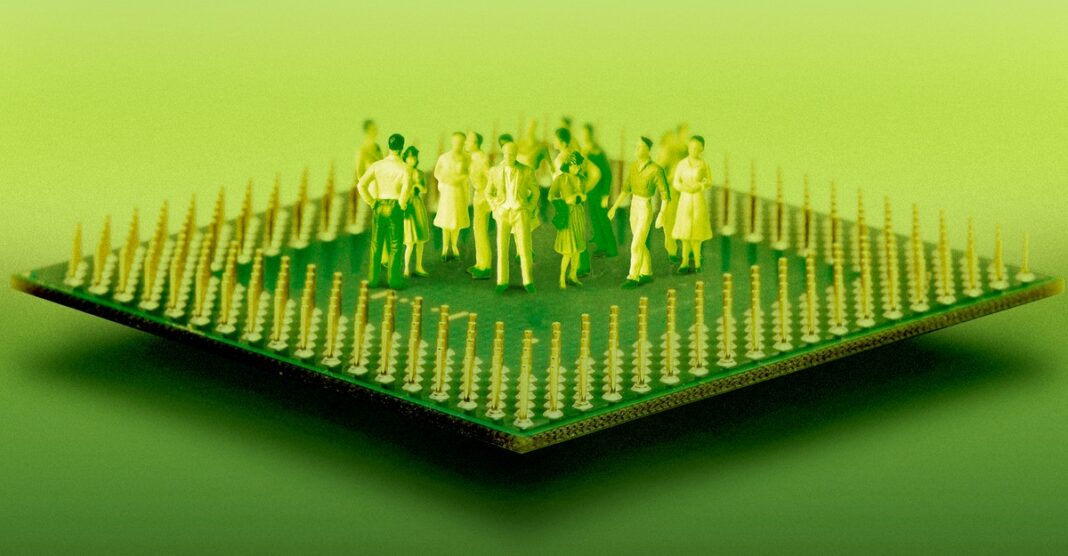AI’s Real Hallucination Problem
Artificial Intelligence (AI) has made significant advancements in recent years, but there is a growing concern about its real hallucination problem. With the increasing complexity of AI algorithms and the ability to learn from vast amounts of data, AI systems are starting to exhibit behaviors that are reminiscent of human hallucinations.
The Rise of AI Hallucination
AI’s real hallucination problem stems from the way in which AI systems process and interpret data. As AI algorithms become more sophisticated, they can generate outputs that are not based on reality but rather on patterns or biases present in the data they have been trained on.
One of the most common examples of AI hallucination is in the field of image recognition. AI systems can be trained to recognize objects in images, but they can also generate false positives or see patterns that are not actually there. In some cases, AI systems have even been known to generate images of objects that do not exist in reality.
The Dangers of AI Hallucination
The real hallucination problem in AI poses several dangers. One of the most concerning issues is the potential for AI systems to make decisions based on false or hallucinated information. This can have serious consequences in fields such as healthcare, finance, and criminal justice, where decisions made by AI systems can impact the lives and well-being of individuals.
Another danger of AI hallucination is the potential for bias and discrimination to be perpetuated through AI systems. If AI algorithms are trained on biased data, they can perpetuate that bias in their outputs, leading to unfair and discriminatory outcomes.
Addressing the Real Hallucination Problem
Addressing the real hallucination problem in AI requires a multifaceted approach. Firstly, there needs to be greater transparency and accountability in the way AI systems are developed and deployed. Organizations working with AI should conduct thorough audits and testing to ensure that their systems are not generating hallucinated outputs.
Secondly, there needs to be more research into the underlying causes of AI hallucination. Understanding why AI systems generate hallucinated outputs can help researchers develop better algorithms that are less prone to this issue.
Conclusion
The real hallucination problem in AI is a growing concern that needs to be addressed. As AI systems become more integrated into our daily lives, it is crucial that we understand the risks associated with AI hallucination and take steps to mitigate them. By promoting transparency, accountability, and research into this issue, we can ensure that AI technology continues to benefit society while minimizing the potential harms.
FAQs
What causes AI hallucination?
AI hallucination can be caused by the complexity of AI algorithms, the data they are trained on, and the lack of understanding of how AI systems generate outputs.
How can AI hallucination be prevented?
AI hallucination can be prevented through greater transparency, accountability, and research into the underlying causes of the issue. Organizations working with AI should also conduct thorough audits and testing to ensure that their systems are not generating hallucinated outputs.
What are the dangers of AI hallucination?
The dangers of AI hallucination include the potential for AI systems to make decisions based on false information, perpetuate bias and discrimination, and have serious consequences in fields such as healthcare, finance, and criminal justice.




